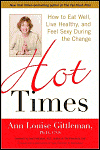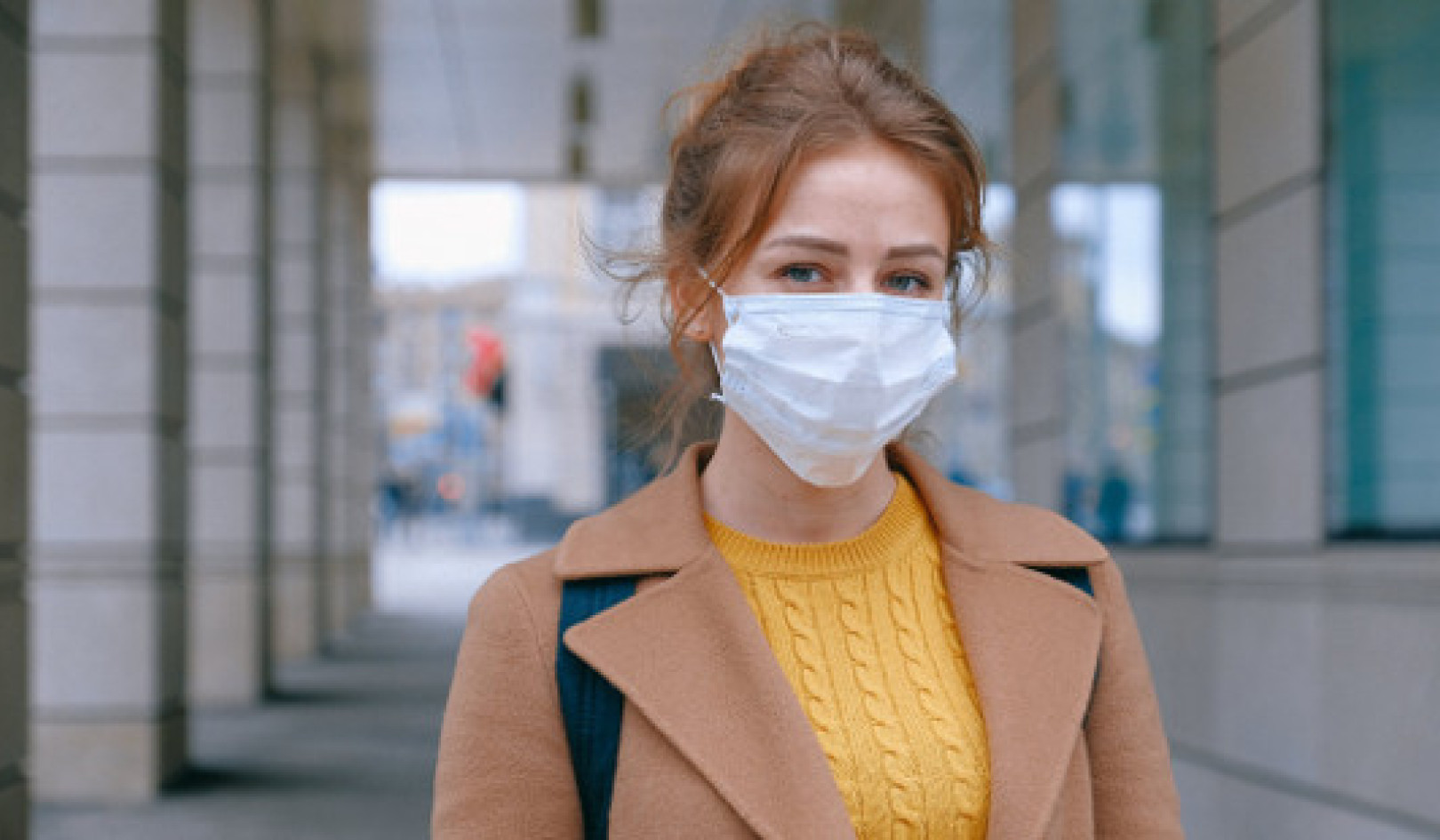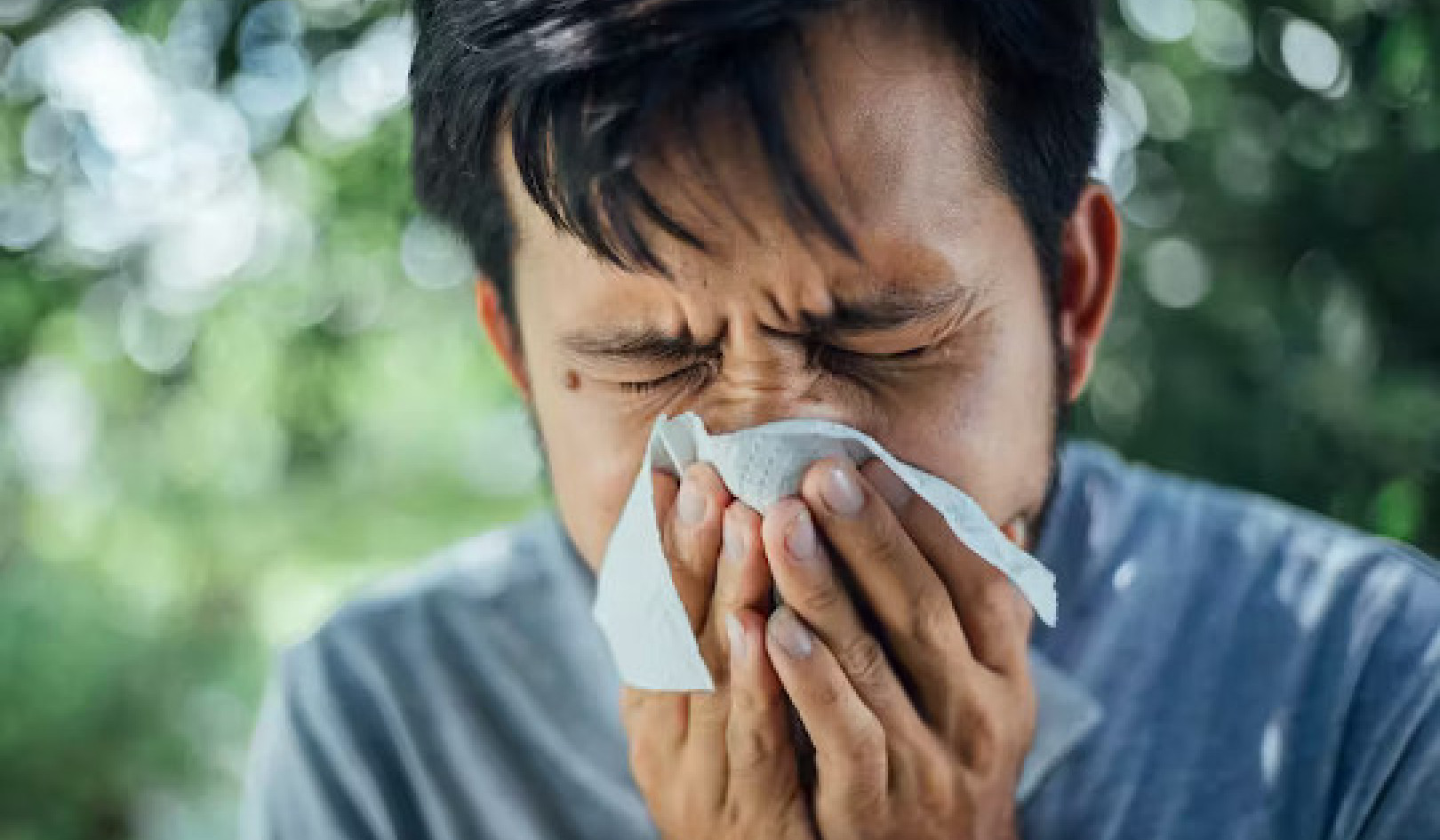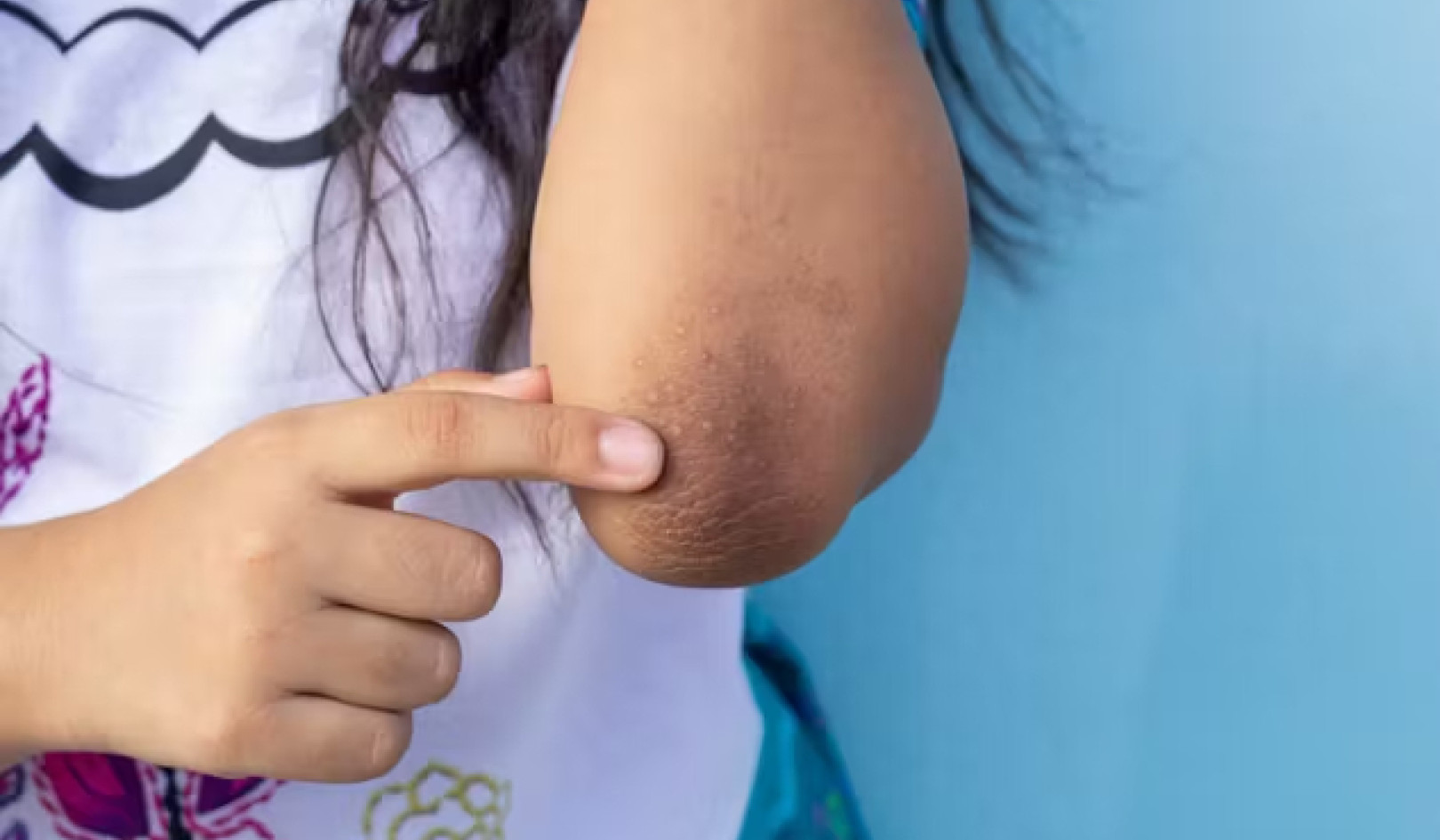Hot flashes, or flushes, are the most common symptom of menopause, affecting more than 60 percent of menopausal women in the U.S.
A hot flash is a sudden sensation of intense heat in the upper part or all of the body. The face and neck may become flushed, with red blotches appearing on the chest, back, and arms. This is often followed by profuse sweating and then cold shivering as body temperature readjusts. A hot flash can last a few moments or 30 minutes or longer.
Hot flashes occur sporadically and often start several years before other signs of menopause. They gradually decline in frequency and intensity as you age. Eighty percent of all women with hot flashes have them for 2 years or less, while a small percentage have them for more than 5 years.
Hot flashes can happen at any time. They can be as mild as a light blush, or severe enough to wake you from a deep sleep. Some women even develop insomnia. Others have experienced that caffeine, alcohol, hot drinks, spicy foods, and stressful or frightening events can sometimes trigger a hot flash. However, avoiding these triggers will not necessarily prevent all episodes.
Some women claim that vitamin E offers minor relief, although there has never been a study to confirm it.
Here are some suggestions for coping with hot flashes:
- Dress in layers so you can remove them at the first sign of a flash.
- Drink a glass of cold water or juice at the onset of a flash.
- At night keep a thermos of ice water or an ice pack by your bed.
- Use cotton sheets, lingerie and clothing to let your skin "breathe."
InnerSelf editor's note: Breathing deeply and slowly can also help the hot flash pass more quickly and the use of a progesterone cream has helped many women.
Excerpted from the Archives of US NATIONAL INSTITUTES OF HEALTH, National Institute on Aging.
 Recommended book:
Recommended book:
Hot Times: How to Eat Well, Live Healthy, and Feel Sexy During the Change (Paperback)
by Ann Louise Gittleman.




























